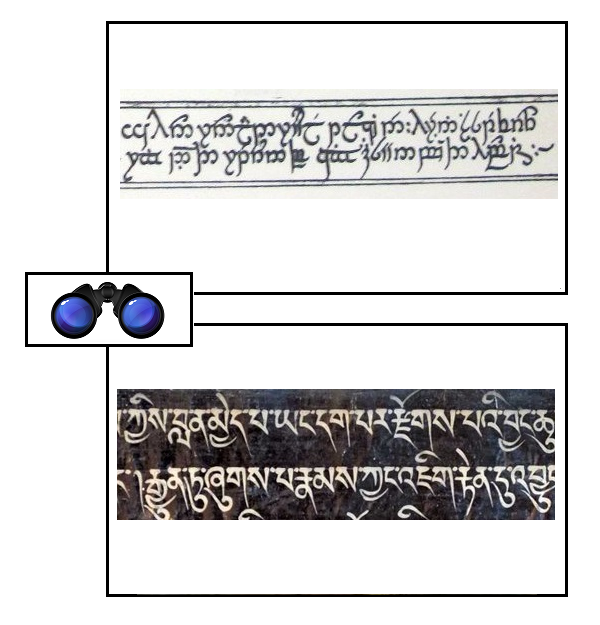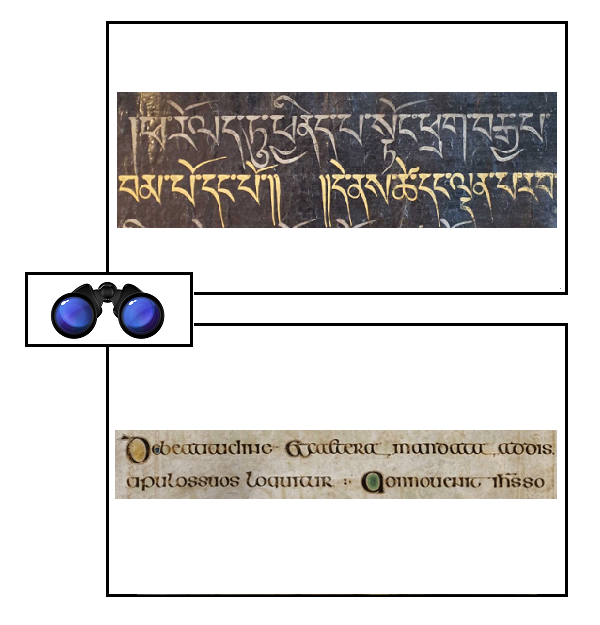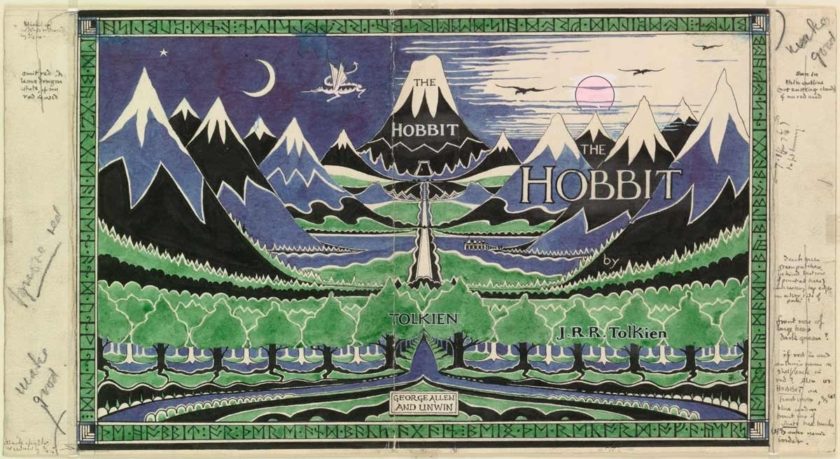[ by Charles Cameron — hat and flag, insecurity clearances, quantum physics and what it tells us about truth and spin, paris, city of lovers, sex, scandal naturellement, and would you believe it, treason? ]
.
Brexit. Her Majesty’s hat draws a clear parallel, but is it a metaphor?
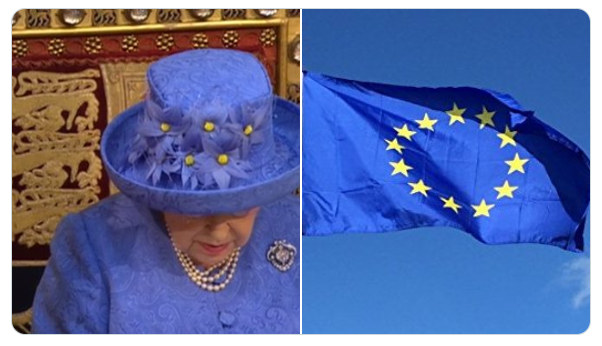
That was the hat HM wore for the 2017 Queen’s Speech to the joint Houses of Parliament — and we have no reason to suppose her opinion has changed since then. Visual DoubleQuote courtesy of Federica Cocco
And then…
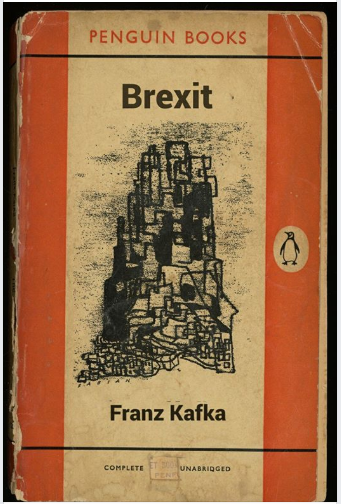
I mean, what a nightmare…
**
But then, you can’t always trust the facts:

I mean, news these daze:

Spin corresponds to fact, like the hands of a stopped clock, twice a day.. (thanks, Wolfram)
Here’s some detail from the Ars Technical piece:
You, however, are in a box and cannot report your measurements to me. Instead, I have to measure your state to discover the result of your measurement.
So what we have here, if I might say so, is a case of Matryoshka measurements..
That means you are in a superposition state of having measured a vertical or horizontal photon, even after you have made the measurement. I can measure your state, and we end up with two sensible outcomes: you measure horizontal, and I measure you to have measured horizontal; you measure vertical and I measure you to have measured vertical.
But there are two more possibilities: you measure horizontal, but I measure you to have measured vertical, and you measure vertical, but I measure you to have measured horizontal. If the second measurement is governed by quantum mechanics, those two are just as likely to occur as the sensible outcomes. So half the time, the measurement result you obtain contradicts my measurement of your measurement.
Got it?
If not read, the whole article, then read it again. Frown. You’ll get it.
There is nothing wrong with either measurement, and there is no calculation that we can perform to resolve the contradiction.**
**
Reading an account of the Al Franken affair, focused on the questions of piling on (scapegoating?)nand equal justice for accuser and accused — two sports metaphors:
Fellow Democratic senators quickly entered the scrum as they fought to be next in line to proclaim outrage and demand he should go.
One of the most disturbing aspects of #MeToo is that watching someone get destroyed in real time has become something of a sport.
In the course of reading in and around that article, I ran across this brilliant visual DoubleQuoting of the Christine Blasey Ford / Brett Kavanaugh matter:

On such balance we may project each our suppositions: but to have achieved such balance!
**
And so to my dialysis viewing:
Hardball, 3/29/2019:
Julia Ainsley:
He [Barr] doesn’t have blinders on, he knows the public criticism here..
David Corn:
It doesn’t look like he’s playing Even Stephen here..


Zerlina Maxwell [on Barr making decisions ahead of release of Mueller report]: I look at this situation almost like the track and field runner that’s running down the hoe stretch, and they put their arms over their head, and then they’re crossed at the finish line..
.. this feels like a premature victory lap
Chris M:Well, David, Zerlina caught me .. with that visual of the President of the United States, this particular one, running a hundred yard dash. I don’t think that would be his event. I think riding a golf cart would be his event.
.. that must be the sound of a bus going over you ..




Chris M [ourob]:
How can a white person [ie Hillary Clinton] bea racist agfainst white people?
[ but cf “self-hating Jews”]
With anyb luck, I’ll get access to a complete Hardball video for 3/29/2019 and be able to find the chyrons “DeVos grilled’ (42); Trump “overriding” (43); and “Trump questioned” (50)
I have a note, “that’s the inverse of what’s true” which is a superb example of reverse (pos-neg) symmetry, cf the spy vs spy image in a recent post).. There was also a ref to David Ignatius, How the mysteries of Khashoggi’s murder have rocked the U.S.-Saudi partnership
**
Then there was the Green New Deal, with Chris Hayes:


Seb Gorka: They want to take away your hamburgers. This is what Stalin dreamed of and never achieved.
AOC: I expected a little more nuance..
It’s surreal ..
No more disposable people, no more disposable places ..
Ref:

A Green New Deal Is Technologically Possible. Its Political Prospects Are Another Question.
**
Rachel Maddow 3/29/3019:

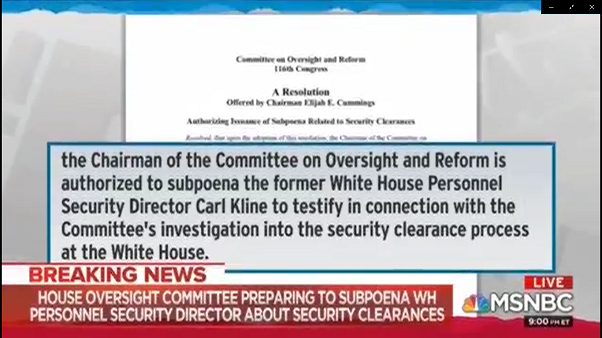
Rachel re Barr:
It was kind of him free-styling, this was him showing off his dance moves ..
Now, tonight, it appears there’s a little bit of panic in the disco, because now William Barr has released yet another unexpected, taken it upon himself, ad lib, figuring it out as he goes along letter ..
**
Let’s close with this stunning image by Stephane De Sakutin / AFP / Getty:
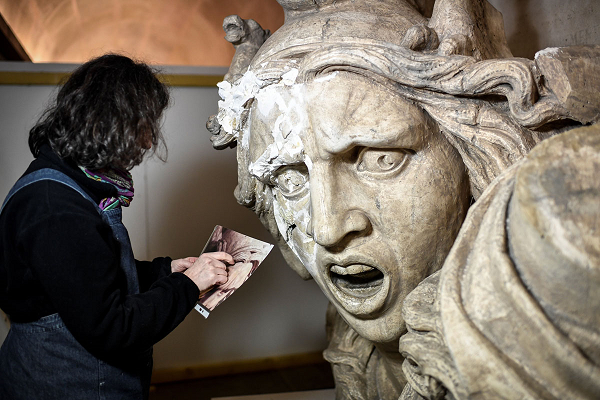
A mold of the Genie de la Patrie damaged during a “yellow vest” protest at the Arc de Triomphe in December is seen during its renovation by the French restorer Agnes Le Boudec in Paris on March 25, 2019.


